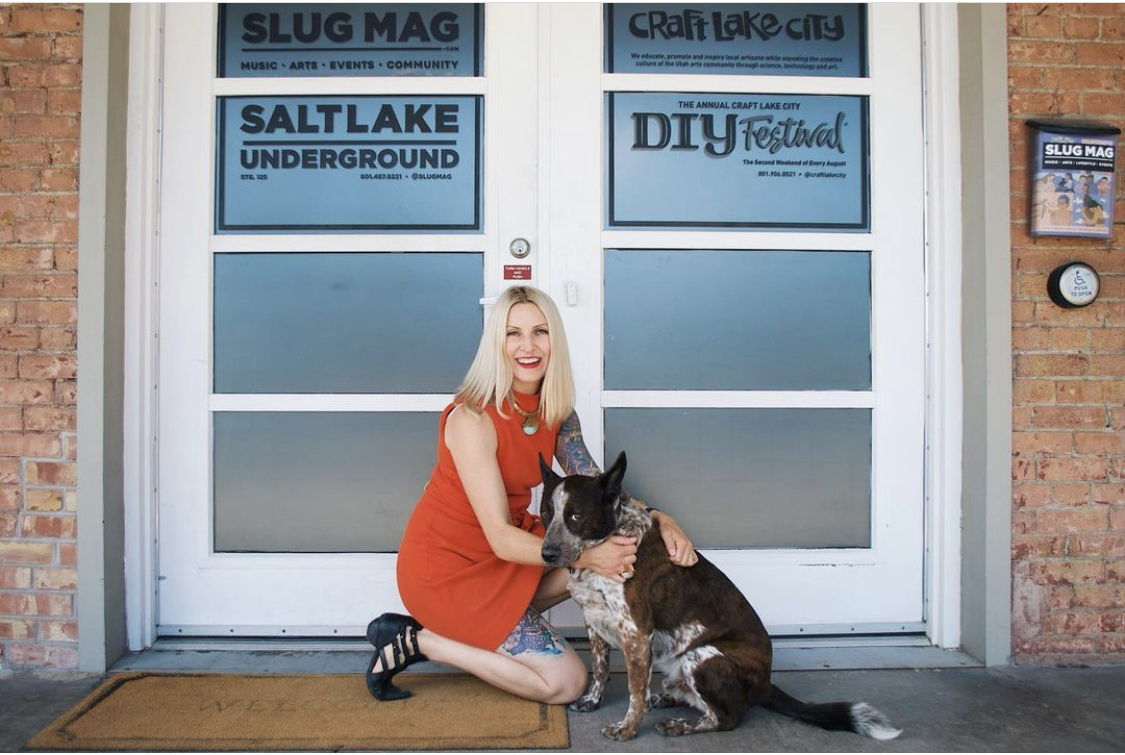Craft Lake City is an SLC institution that many know by the organization’s Annual DIY Festival, a large market that features local vendors and small businesses. Angela H. Brown, founder and executive director, tells us about the upcoming festival as well as the humble beginnings of Craft Lake City. Be sure to tune into City Cast Salt Lake this Thursday to hear more of our conversation with Brown.
Editor’s note: These answers have been edited for length and clarity.
How did Craft Lake City start?
The very first Craft Lake City DIY Festival happened in 2009 at the Gallivan Center. There was no admission charge. We had 72 artisans, four food vendors, eight or nine performers on one stage, and that was it. It was just a really fun one-day event.
We had around 2,000 attendees that showed up. [Back then] local artisans had no place that was giving them a voice. There was no community for them in Salt Lake, and they were feeling like they needed to leave to bigger markets.
That’s one of the reasons why we created the event, to give them a place where they could meet like-minded individuals, network with other creatives, and essentially sell their work to a really captive audience. I wanted to create a place for locals. We’ve got some incredible creatives, some of the best in the nation or even in the world right here in our own backyard.
How has it changed to what it is now?
We were at the Gallivan Center for 10 years. We loved activating that space, but we were really just bursting at the seams and couldn’t grow the festival anymore. So we made the change in 2019 to go down to the Utah State Fairpark.
Change is hard. And with that, we always try and look at opportunities. With the Fairpark, a huge opportunity was to activate the west side, which is something that I’m passionate about as a west sider myself.
So, I think that’s another opportunity the Utah Fairpark has offered us is working on some of our inclusion efforts as well.
How do you see it expanding?
This will be our fourth year hosting a holiday market in Ogden, Utah, an incredible city. That Northern Utah audience is really interesting, and we wanted to get up there and provide some programming for them.
From our survey results, [we see] a lot of people from Northern Utah coming down and participating in our program. So how can we take advantage of that, and activate that, and even get more people to participate? If we’re closer to them, they’re going to want to be part of what we’re doing.
So that’s something that we’d like to continue to do is expand into different areas of the state. Maybe Southern Utah, maybe some other areas, and see what we can do there.
